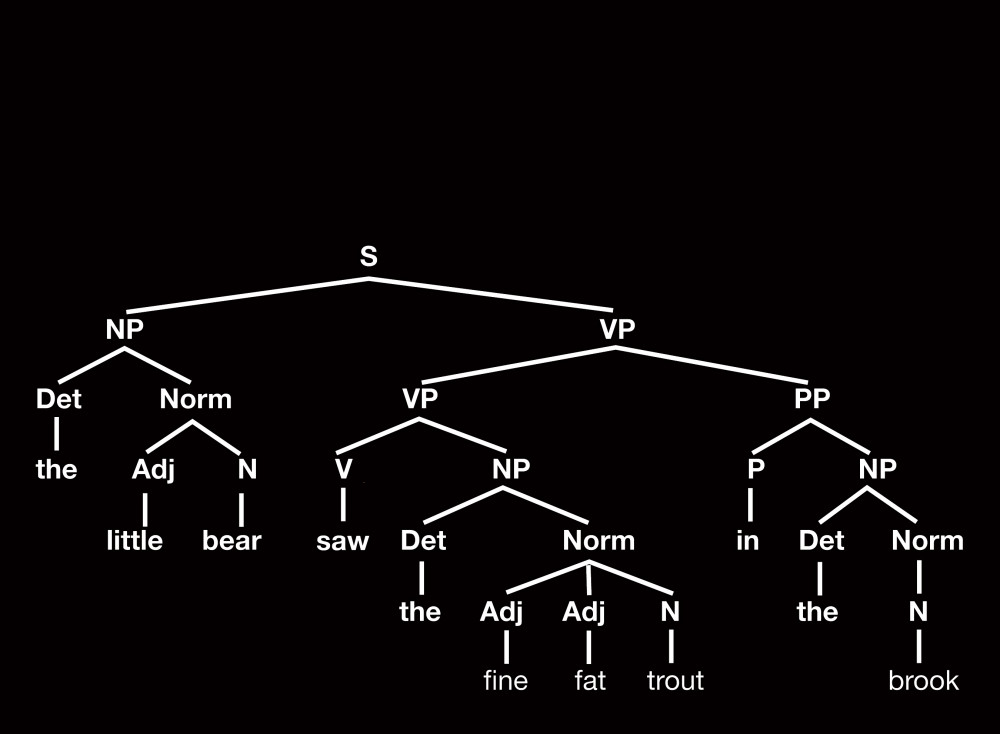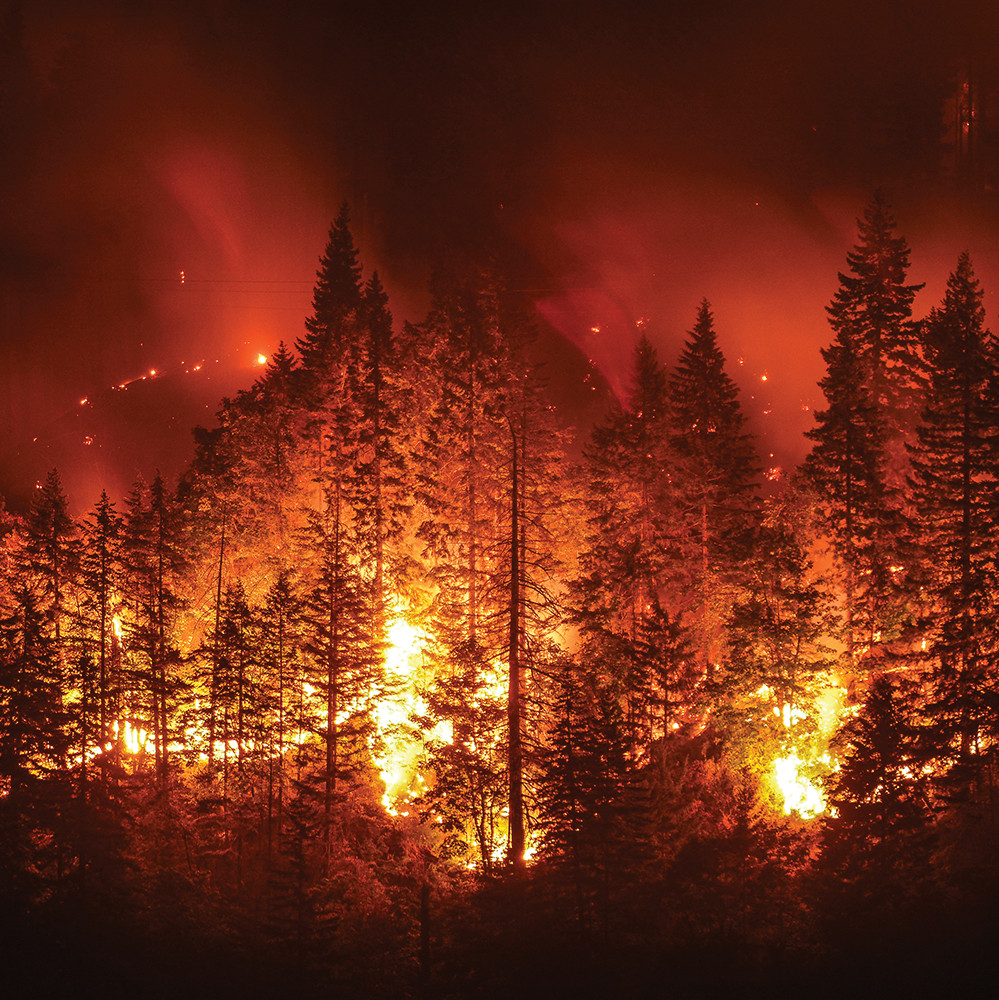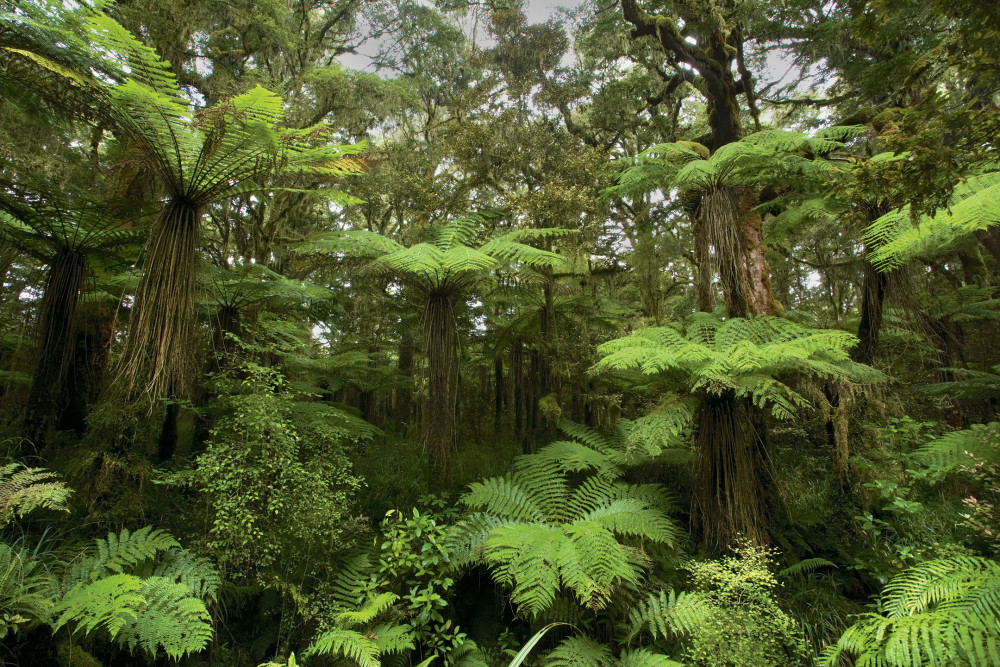Branching Out on the Subject of Trees
It was an unexpected inquiry from a new student and advisee of Jennifer Hubbert, professor of anthropology and Asian studies. Hubbert posed the question to her colleagues on L&C’s faculty listserv. The thread quickly went viral among faculty and served to highlight one of the key strengths of a liberal arts education: its interdisciplinary focus.

An arborphile could certainly examine the micro-level structure of trees using the college’s electron microscope in the nanomaterials chemistry course.
Anne Bentley
Associate Professor and Chair of Chemistry

In percussion, we practice Paradiddle Trees.
No log rhythms though.Brett Paschal
Instructor in Music and Director of Bands and Percussion Studies

The Lieder genre is so full of songs about the forest, and the French poets are not far behind. Entire recitals have been sung on the subject of trees/flora/fauna.
Susan McBerry
Instructor in Music and Coordinator of Vocal Activities
Students interested in dynastic family trees can take my Tudor and Stuart British history survey. Be forewarned: the branches are hopelessly intertwined.
David Campion
Pamplin Associate Professor of History
In my Philosophy of the Environment class, we talk about the moral standing of trees. Can you harm or hurt a tree? Do they have intrinsic or inherent value? Should we say that they have rights? We also talk about the aesthetics of trees and forests. Why are they beautiful? Are they always beautiful? What makes them so?
One thing we do not talk about is whether they make sounds when no one is there to hear them.
Jay Odenbaugh
Professor of Philosophy
And, of course, creative writing— where you can write poetry, nonfiction, or even fiction about, or from within, the forest.
Pauls Toutonghi
Associate Professor of English
We discuss the mockumentary style on television in my Media Design and Criticism class, focused around The Office. And paper comes from trees …
Bryan Sebok
Associate Professor of Rhetoric and Media Studies

I’ll add the most beautiful anatomical feature of the brain, the arbor vitae of the cerebellum.
Todd Watson
Associate Professor of Psychology and Codirector of the Neuroscience Program

And yet another tree—syntax trees used by linguists!
Julie Vorholt
Instructor in Academic English Studies

Several of our overseas study programs (New Zealand, Ecuador, East Africa, Australia, and Thailand) have a special focus on trees. For example, in Australia, students learn about how certain trees have evolved to withstand— and even require for germination—the presence of fire. Some trees in New Zealand can be directly compared with those in Chile, a relic of the Gondwana supercontinent. In Ecuador, students spend time doing transect studies in the Amazon rainforest.
Blythe Knott BS ’91
Director of Overseas and Off-Campus Programs

Of course, actual trees abound in our [biology] curriculum, but we also focus on phylogenies —trees of relationships—and the methods of inferring the grand histories of the evolution of life.
Greta Binford
Professor and Chair of Biology
More L&C Magazine Stories
Lewis & Clark Magazine is located in McAfee on the Undergraduate Campus.
MSC: 19
email magazine@lclark.edu
voice 503-768-7970
fax 503-768-7969
The L&C Magazine staff welcomes letters and emails from readers about topics covered in the magazine. Correspondence must include your name and location and may be edited.
Lewis & Clark Magazine
Lewis & Clark
615 S. Palatine Hill Road MSC 19
Portland OR 97219

